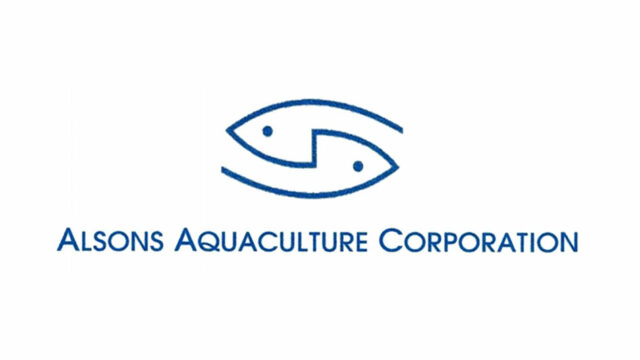Our world is grappling with global challenges such as climate change, social and gender inequality, economic disparity, and the threat of pandemics. These pressing issues have led to an increased awareness and concern for both humanity and the planet, prompting the private sector, governments and the general public to prioritize Environmental, Social, and Governance (ESG) practices.
In turn, ESG has become and remains a hot topic in the current business environment. ESG provides a framework for stakeholders to evaluate an organization’s environmental impact, societal contributions, and governance practices.
Today, some of the countries in Europe and territories under European jurisdiction are compelling businesses to report their ESG practices. In 2021, a study conducted by Harvard Law School Forum on Corporate Governance identified 25 countries that enacted legislation requiring organizations to disclose their ESG information. Widespread adoption is expected to grow in the years to come. And it’s here to stay.
ESG IN THE PHILIPPINES
The ESG framework has made its mark in the Philippines. Aside from being widely recognized across various industries, the framework now applies to publicly listed companies (PLCs). The Government requires all PLCs that have a public float of at least 50% to submit and file annual ESG reports. These reports must adhere to the guidelines set forth by the Securities and Exchange Commission (SEC) in 2019. The guidelines provide a framework for sustainability reporting, outlining the template of what information companies should disclose. While small- and medium-sized enterprises (SMEs) are not yet subjected to the mandate, there are many benefits to compliance such as fostering a motivated workforce, increasing investor interest, and gaining a competitive advantage.
UNDERSTANDING ESG FACTORS
The environmental pillar measures how an organization impacts the environment through factors such as greenhouse gas emissions, the influence of business operations on natural resources, and the organization’s resilience to natural disasters like global warming, floods, and fires. For instance, a company that discharges large amounts of harmful chemicals into the ocean can cause long-term water pollution, negatively affecting marine resources. As the aquatic ecosystem provides food, energy and climate regulation, such actions are detrimental. ESG reporting is a crucial framework for highlighting such environmental issues, giving investors and the public a transparent view. Consequently, investors’ confidence in such companies depends on such information and use this information to make informed decisions.
The social pillar of the framework focuses on how organizations manage their relationships with their stakeholders. It covers human capital, diversity, equity, and inclusion, corporate citizenship and data security. Sustainable companies evaluate their relationships with employees, customers, and suppliers, as well as their community engagement. Social performance is often closely linked to a company’s reputation. Considerations such as human rights protection, workplace safety, staff development opportunities, and fair labor practices play a vital role in assessing a company’s social aspects.
The governance pillar refers to corporate governance. It evaluates how a company is led and managed to best serve its shareholders’ interests. This covers the board of directors and management structure, internal controls, accounting and auditing practices, and corporate ethics, among other factors. Corporate governance is subject to strong regulations in many countries. In the US, all publicly traded companies, wholly-owned subsidiaries and foreign publicly traded companies operating in their home countries must comply with the Sarbanes-Oxley Act. This law includes regulations related to corporate governance, risk management, audit and financial reporting. The societal concern about the ethical conduct of businesses underpins the need for ESG disclosure on governance.
DRIVING SUSTAINABLE ESG PERFORMANCE
While awareness and adoption of ESG standards have been observed globally, Philippine companies must make additional efforts to improve their ESG performance. According to the 11th Corporate Governance (CG) Watch report published by the Asian Corporate Governance Association (ACGA), the Philippines placed 11th among the 12 countries in the Asia-Pacific region.
The ACGA, in collaboration with Credit Lyonnais Securities Asia (CLSA), a capital markets and investment group, conducts a survey every two years to assess the overall corporate governance quality across twelve markets. Seven categories are considered in the ranking, including government and public governance, regulators, corporate governance rules, listed companies, investors, auditors and audit regulators, and civil society and media.
Philippine companies should not just merely comply with sustainability reporting as required by the SEC. There is a need to actively promote ESG awareness across all organizational levels and to incorporate the ESG framework into business planning, implementation, and evaluation. While ESG initiatives may initially incur costs, it should be seen as a long-term investment. They generate sustainable value for all stakeholders and promote the organization’s long-term success.
Beyond ESG compliance and achieving high governance rankings, organizations should view their sustainability efforts as a roadmap to environmental protection, societal transformation, and improved quality of life, in addition to supporting strategic success.
The views or opinions expressed in this article are solely those of the author and do not necessarily represent those of Isla Lipana & Co. The content is for general information purposes only, and should not be used as a substitute for specific advice.
Solomon Panelo IV is a senior associate at the Business Solutions Group at PricewaterhouseCoopers Business Services Philippines Co., Ltd., the Philippine member firm of the PricewaterhouseCoopers global network.
solomon.panelo.iv@pwc.com












